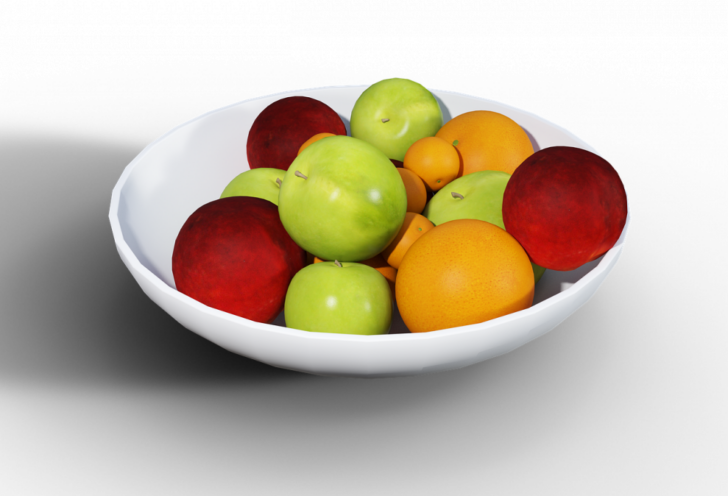Apple Trackers: A Comprehensive Guide for Private Individuals

Exploring the World of Apple Trackers
Introduction:

Apple Trackers have become increasingly popular in recent years as the need for locating and tracking valuable items, such as keys, wallets, and even pets, has grown. This extensive article aims to provide a thorough overview of Apple Trackers, including what they are, the different types available, their popularity, quantitative measurements, comparisons between various brands, and a historical analysis of their pros and cons.
What is an Apple Tracker?
An Apple Tracker, also known as a Bluetooth tracker or a key finder, is a small device that can be attached to personal belongings. It works in conjunction with a smartphone application, helping users locate their items easily. By using Bluetooth technology, Apple Trackers establish a connection with the user’s phone, allowing for seamless tracking within a certain range.
Types and Popularity of Apple Trackers
Apple Trackers come in various forms, each with its unique features and functionalities. The most popular types include:
1. Tile Mate: Tile Mate is one of the pioneering brands in the Apple Tracker market. It offers a compact design, a replaceable battery, and a user-friendly app. Tile Mate has gained significant popularity due to its reliability and extensive community network.
2. Chipolo ONE: Chipolo ONE is another well-known brand that offers advanced tracking features. Its slim design makes it easy to attach to items, and it offers a loud ringtone to help locate misplaced belongings. Chipolo ONE is popular among users for its wide range of vibrant colors and long battery life.
3. AirTag: Recently introduced by Apple, AirTag has quickly gained traction in the market. With its sleek design and seamless integration with the Apple ecosystem, AirTag offers a user-friendly experience and unparalleled accuracy in tracking. It utilizes the Find My app, making it a top choice for Apple device users.
Quantitative Measurements of Apple Trackers
To evaluate the performance of Apple Trackers, several quantitative measurements are considered:
1. Range: The range refers to the maximum distance between the Apple Tracker and the user’s smartphone before the connection weakens or disconnects. Most Apple Trackers have a range of approximately 100 feet.
2. Battery Life: The battery life of an Apple Tracker determines how long it can actively track items before requiring a battery replacement. Depending on the brand and model, battery life can range from six months to more than a year.
3. Accuracy: Accuracy measures how precisely an Apple Tracker can pinpoint the location of the tracked item. Advanced Apple Trackers utilize technology such as GPS and Bluetooth Low Energy to provide accurate results.
Exploring the Differences Between Apple Trackers
While all Apple Trackers serve the common purpose of item tracking, there are several factors that differentiate them:
1. Design and Size: Apple Trackers come in different shapes and sizes. Some are slim and discreet, while others are bulkier but offer replaceable batteries. Users may prioritize aesthetics or functionality based on their personal preferences.
2. App Features: The accompanying smartphone application plays a vital role in the user experience. Different apps offer varying features, such as geofencing, smart alerts, and community assistance, which can contribute to the overall satisfaction with an Apple Tracker.
3. Integration with Other Devices: Many Apple Trackers are designed to seamlessly integrate with other devices or ecosystems. Some are specifically optimized for Apple devices, leveraging the Find My app, while others may be more versatile and compatible with both iOS and Android platforms.
Historical Analysis of Apple Trackers’ Pros and Cons
Over time, Apple Trackers have evolved, addressing limitations and introducing new functionalities. Considerations of the past include:
1. Connectivity Issues: In earlier iterations, connectivity between Apple Trackers and smartphones posed challenges. However, advancements in Bluetooth technology have significantly improved this aspect, resulting in more reliable connections.
2. Battery Life: Battery life has been a significant concern for users, as frequent replacements or recharging can be inconvenient. Recent models have extended battery life, providing a seamless tracking experience.
3. Accurate Location Tracking: Accuracy in location tracking has improved substantially. Earlier versions were limited in precision, but current Apple Trackers utilize advanced technologies, such as GPS integration, to deliver accurate results.
In conclusion, Apple Trackers have revolutionized the way individuals keep their valuable possessions within reach. With a wide range of options available, including brands like Tile Mate, Chipolo ONE, and Apple’s AirTag, users can choose the device that best suits their needs and preferences. The quantitative measurements, variations in design, app features, and historical analysis of pros and cons allow for an informed decision-making process. Regardless of the choice, Apple Trackers offer peace of mind and convenience for individuals striving to stay organized and prevent the misplacement of their belongings.





















